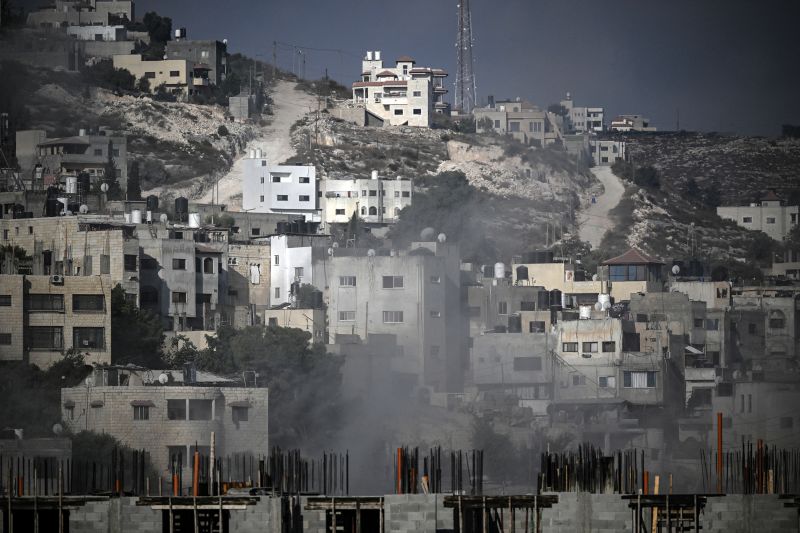
Israeli Forces Eliminate Hamas Commander and Two Fighters in Occupied West Bank
In a recent operation in the occupied West Bank, the Israeli military has reported the killing of a Hamas commander and two other fighters. The targeted killing of such high-profile individuals underscores the ongoing conflict that has been festering in the region for decades. The Israeli-Palestinian conflict is deeply rooted in historical, political, and religious tensions, making it a complex and volatile situation.
The Israeli military’s justification for the operation lies in its ongoing efforts to combat terrorism and ensure the security of its citizens. Hamas, a militant Palestinian organization, is considered a terrorist group by Israel and other countries. The targeted killing of a Hamas commander and other fighters is seen as a preemptive strike to prevent future attacks on Israeli soil. This incident highlights the continuation of the cycle of violence and retaliation that characterizes the Israeli-Palestinian conflict.
The killing of high-profile individuals on both sides often leads to escalations in tensions and acts as a catalyst for further violence. Hamas, in retaliation, may launch rocket attacks into Israeli territory, leading to Israeli airstrikes in response. This cycle of violence perpetuates a sense of insecurity and instability in the region, affecting the lives of civilians on both sides.
The use of targeted killings raises ethical questions regarding the legality and morality of such actions. While Israel argues that it is acting in self-defense and targeting individuals involved in terrorist activities, critics argue that such operations violate international law and human rights. The targeted killings of militant leaders also raise concerns about the potential for civilian casualties in densely populated areas.
The situation in the occupied West Bank is further complicated by the ongoing Israeli settlement expansion, which is a contentious issue in the Israeli-Palestinian conflict. The expansion of Israeli settlements in the West Bank is viewed as illegal under international law and a major obstacle to the possibility of a two-state solution. The presence of Israeli settlements in Palestinian territories fuels resentment and animosity among Palestinians, contributing to the cycle of violence and conflict.
Efforts to bring about a resolution to the Israeli-Palestinian conflict have been ongoing for years, with various peace initiatives and negotiations taking place. However, the deep-rooted issues, historical grievances, and competing narratives on both sides make the path to peace a challenging one. The targeted killing of Hamas commander and fighters in the occupied West Bank is just one example of the many incidents that perpetuate the conflict and hinder efforts to achieve a lasting peace.
In conclusion, the killing of a Hamas commander and two other fighters by the Israeli military in the occupied West Bank is a stark reminder of the ongoing violence and complexity of the Israeli-Palestinian conflict. This incident highlights the challenges of achieving peace in a region marked by historical grievances, political tensions, and competing interests. Efforts to break the cycle of violence and find a sustainable solution to the conflict remain elusive, underscoring the need for continued diplomacy, dialogue, and a commitment to seeking a just and lasting resolution for both Israelis and Palestinians.
